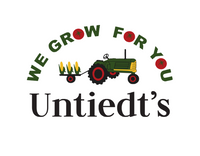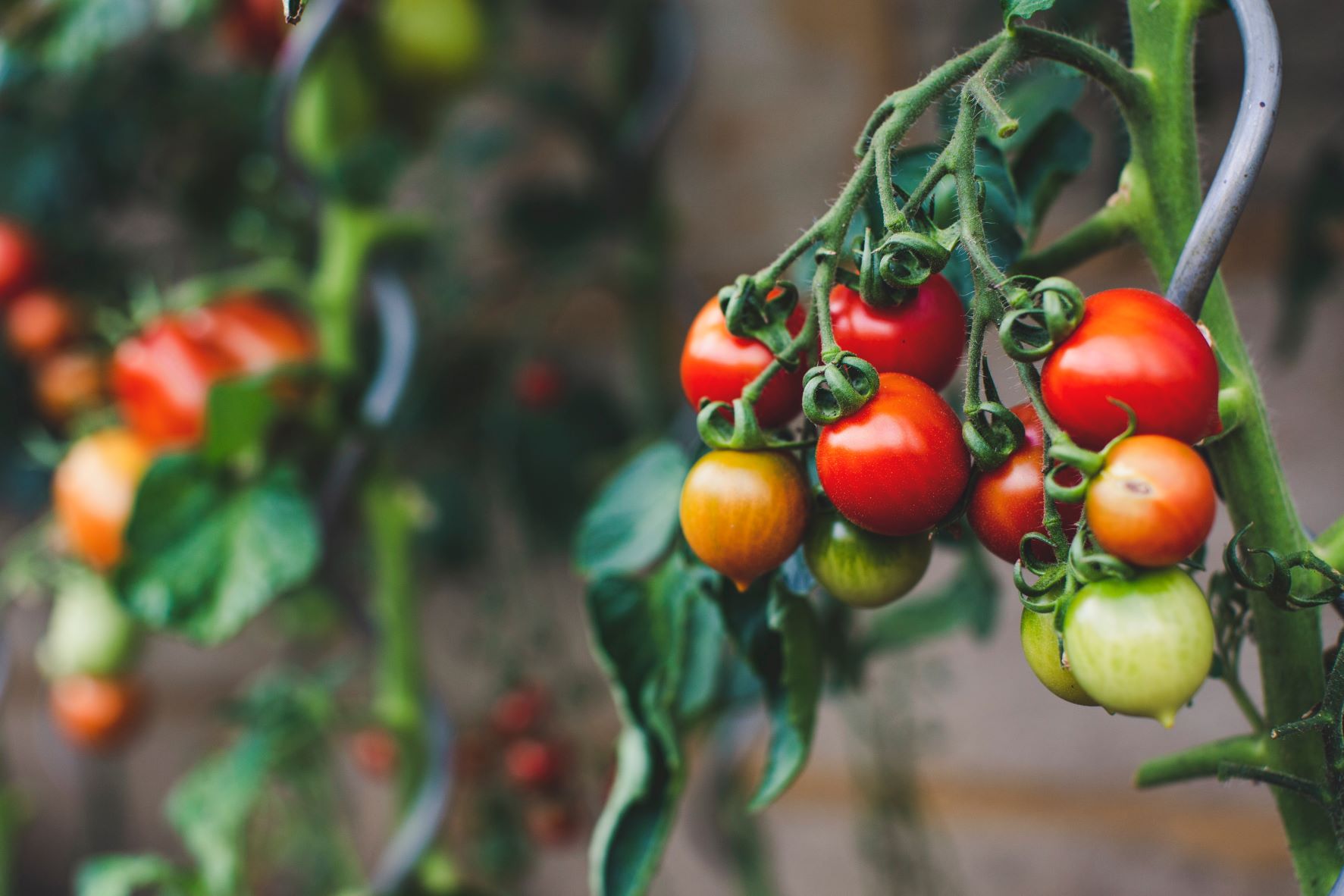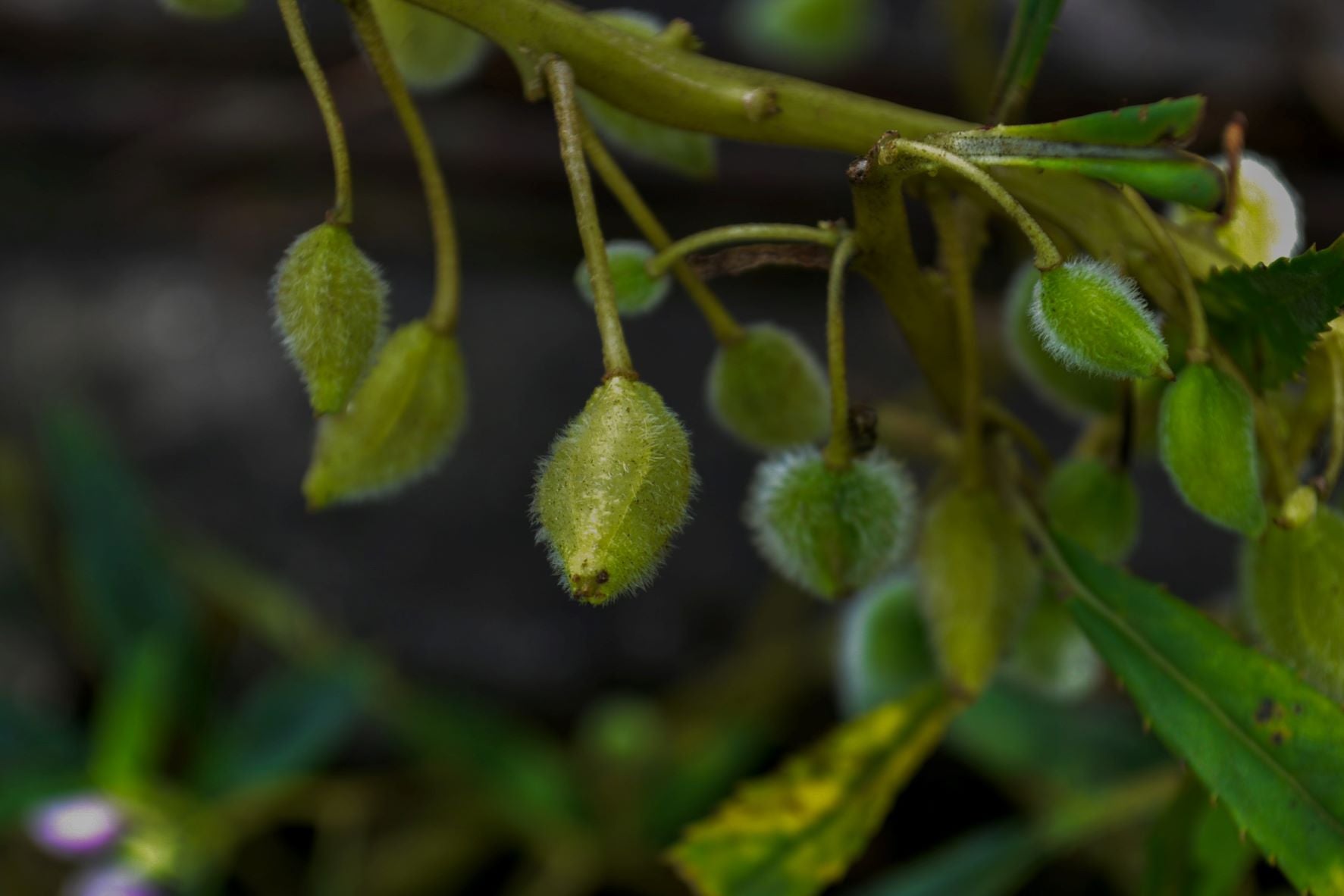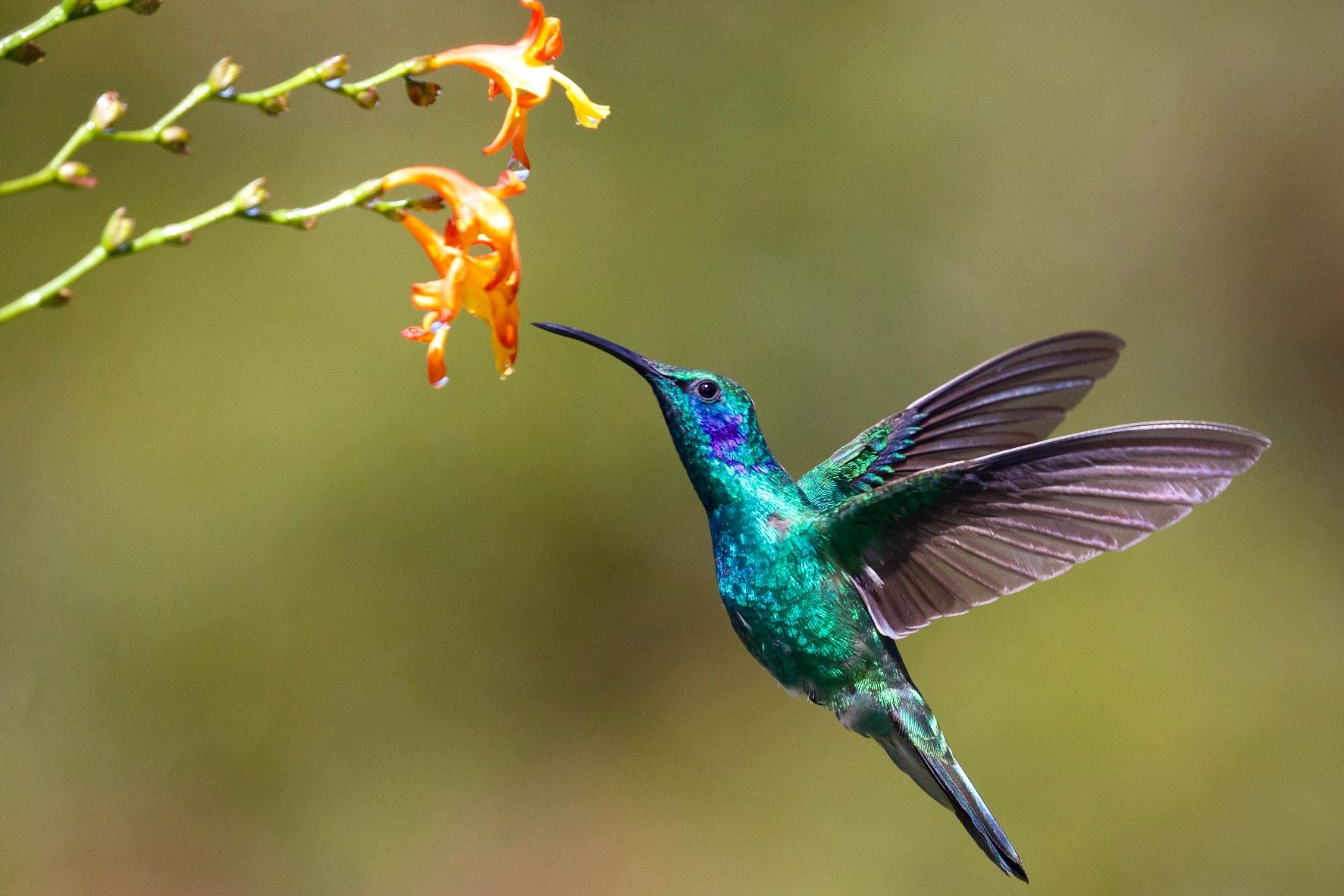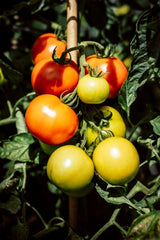
The pride of many gardeners, and one of the joys of a Minnesota summer, is the homegrown tomato. These little jewels can pack a big healthful punch as they are loaded with antioxidants including Vitamin C, potassium, and lycopene.
These and other health benefits are at their peak when a tomato is allowed to ripen naturally on the vine and never allowed to cool below 50° once picked. This is partially why homegrown tomatoes from the farmers market will always taste better than tomatoes purchased in a grocery store. You can enjoy these same flavors and health benefits by growing your own tomatoes at home.
Get Off to a Great Start
Minnesota summers can be unpredictable and all too short in some years. For that reason, and as a beginning gardener, it is usually best to purchase starter plants at your local garden center.
In the past, you could find a very limited selection of certain vegetables. However, as demand from consumers for more varieties, specifically heirlooms, has grown, so has the selection of starter plants. Many centers now offer heirloom tomatoes, peppers, even cucumbers and eggplant.
If possible, shop at a garden center that offers Minnesota grown plants rather than a big-box retailer. Typically, when you purchase plants grown here in Minnesota, they have already been hardened-off to our cooler, early summer nights. Plants that have not been adjusted to our season can sometimes be stunted or shocked. It can take a few weeks for them to recover and begin actively growing again. Also, local garden centers tend to have very knowledgeable staff, ready to assist you with your gardening needs!
Selecting the Best Tomato Plants
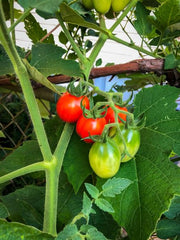
When you are choosing your plant, look for healthy dark green leaves with no spots or yellowing. You also want to choose a younger plant as they tend to handle the stress of transplant much more easily than a larger, more mature plant.
Also pick a variety that will fit in the area you will plant it. Heirloom slicing (or beefsteak style) tomatoes can grow very tall. They can give you a smaller yield than hybrids, which means they may not be the best choice for a smaller patio garden.
However, there are some exceptions to the rule, such as "Black Krim" or "Cherokee Green." Both plants tend to stay smaller while still offering a larger tomato yield. There are also some varieties that have been hybridized to take up less space, such as "Container Choice" or any variety that has "Bush" in its name. Cherry- or grape-sized tomatoes are great for growing in containers.
Set Up your Garden For Success
Before planting, choose your location, container, and soil. Tomato plants need plenty of direct sunshine – 8-12 hours is best. They prefer a loose, fertile soil. They also tend to be water hogs, so planting them within easy reach of the hose or watering can might be best.
If you are planting in containers, use a large container. A 14”-16” diameter patio pot will be large enough for most tomatoes.
Also, add some bone meal or crushed eggshells to your soil. Both of these are high in calcium and can help prevent a common nutrient deficiency called Blossom End Rot. You can also add bone meal to the top of your soil during the growing season, watering it in well. Follow the instructions on the bag as it can vary between suppliers.
Planting your Tomatoes
Once you have your soil and container prepared, plant your tomato deeply. You can plant up to two-thirds of the entire plant, removing any leaves or branches that would be below the soil line.
Tomatoes are vines, and as they grow, the small hairs you see on the side of their main stem will turn into roots if buried. Planting your tomato deeply will encourage them to grow larger root systems. This in turn will create a stronger plant with more access to nutrients and moisture within the soil.
Keeping your Tomato Plants Healthy
Once your tomato is planted, keep the soil evenly moist. Fertilize every 10-14 days with either a granular fertilizer that is sprinkled on top of the soil or with a liquid solution added to your regular watering schedule. Always follow the instructions on the container.
Tomato plants are heavy feeders, so look for a fertilizer with low nitrogen and high potassium. Too much nitrogen can grow the most beautiful tomato plant, but it will decrease your tomato yield. Potassium is important as it helps the plant create lycopene, along with increasing your yield.

We recommend Jack’s Tomato FeED, sold at Untiedt’s Garden Centers.
By mid-July, you should start seeing some tomatoes on your vines, and by mid-August you may be overrun with them! If you have more than you can use fresh, freeze them for quick additions to stews or for making pasta sauce this winter.
